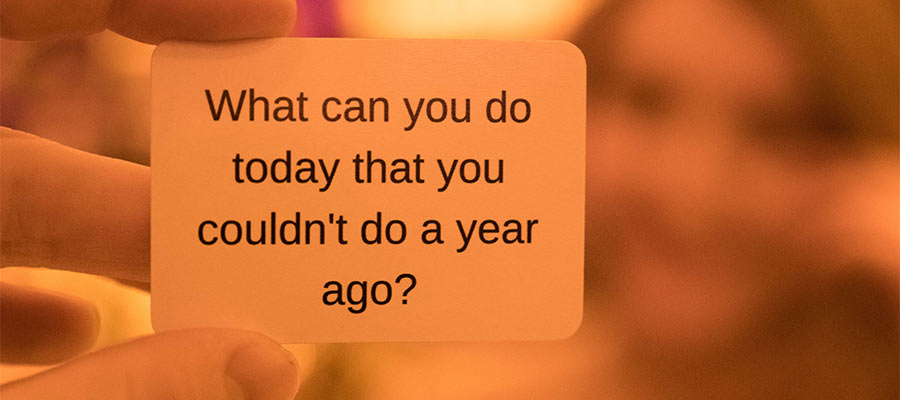When WordPress block themes started making waves in 2021, it marked a significant shift in how we build websites. The promise of a no-code experience and Full Site Editing (FSE) was finally here to shake up the status quo.
It was also decided during this time to refer to non-block-based themes as “classic.” In essence, a classic theme is based on PHP and does not include block markup. This term could apply to products going back to the original Kubrick (Default) theme through to today’s offerings.
But despite all of the hype regarding block themes, their classic counterparts continue to dominate the market. As of this writing, there are over 10,000 listings in the official WordPress theme repository. By my count, block themes make up approximately 1% of the total. And they haven’t exactly set the commercial marketplaces ablaze, either.
And while there are some interesting use cases for block themes/FSE, it’s safe to say that any shift in this direction has been slow. Meanwhile, classic themes are still receiving some love from WordPress core.
It looks like any sort of block theme revolution will have to wait. Classic WordPress themes aren’t going away – and here’s why.
Code Brings Power and Flexibility to WordPress
A no-code workflow adds a layer of convenience to web development. Not every task should require in-depth knowledge of CSS, HTML, or PHP. But this approach can only get you so far.
Code is still the primary solution for building advanced websites. Whether it’s some custom functionality or a non-standard layout, code is how we bring these ideas to life.
No readymade plugin or theme (block or classic) can account for every possible need. And the ability to make little tweaks or create something entirely new has long been a strength of WordPress. It’s a big reason why the content management system (CMS) has become so widely used.
This power and flexibility are what sets classic themes apart. Modern websites are rarely one-size-fits-all. Thus, they often require us to build to suit a specific need. A custom-made classic theme can do that. Block themes aren’t there quite yet.

Classic Themes Continue to Evolve
Block themes have received a lot of attention recently – and rightfully so. But that doesn’t mean classic themes have been banished to the dustbin. New features continue to be added – including some that bring the latest functionality.
Among the more exciting additions is the ability to use FSE within a classic theme. That’s right, block-based template parts will be supported in a future version. This will allow developers to open up specific portions of the theme for tweaking from within WordPress.
It’s a big step forward. We can continue to build client-proof websites while enabling no-code access where it makes sense. And it provides a path for moving away from the Customizer API that is likely to disappear someday.
And those who want fine-grain control over the block editor can also leverage the theme.json file. It lets us define block styles and other related functionality. Content creators can then focus on writing rather than having to worry about how the design will look.
These additions will ensure that classic themes remain a viable option. Using them won’t prevent you from taking advantage of new features in WordPress core.

There’s Not Much Reason to Change
Not everyone is ready to make major changes to their workflow. And for all of the benefits of block themes, they offer a decidedly different experience for developers. Building and interacting with them requires an adjustment.
Meanwhile, classic themes have been a staple of WordPress development for years. The community has comfort and familiarity with how things work. They’re well documented. And if they continue to do the job effectively, what’s the impetus for change?
The features that are unique to block themes aren’t necessarily a fit for every project. Meanwhile, the aforementioned flexibility keeps us coming back to classic themes.
In a few years, this could be a different story. By then, block themes may have improved so much that they’re considered a must-use technology.
That’s not currently the case, though. Until there is a significant advantage to switching theme types, many developers will likely stick with what they know.

Don’t Let the Name ‘Classic’ Fool You
The term “classic” is thrown around quite a bit within the WordPress ecosystem. We often associate it with the Classic Editor – which was replaced by the Gutenberg block editor years ago. On some level, it makes sense that themes would also adopt this moniker.
But names can be interpreted in different ways. For some, “classic” may read as an antiquated tool that’s no longer useful. That’s a shame because nothing could be further from reality when it comes to classic themes.
If anything, they’re the tried-and-true path for building a custom website. And that’s likely to continue for years to come.
Related Topics
Top